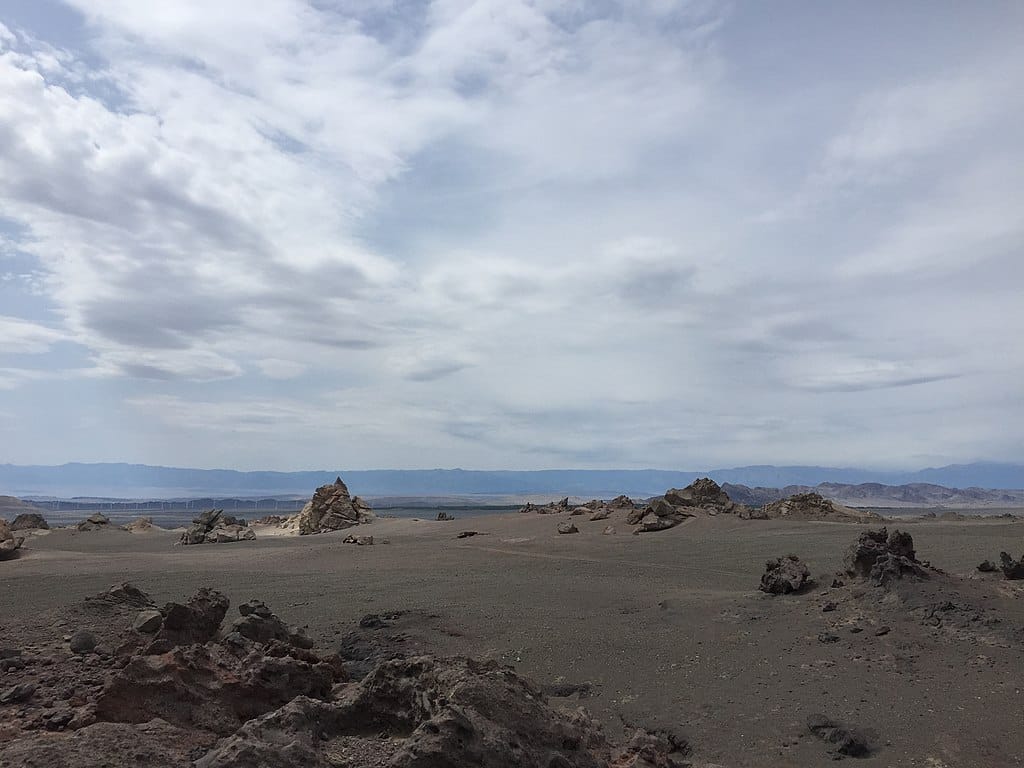

Archaeologists have discovered hundreds of ancient Qin and Han tombs in Toksun County, near the city of Turpan in northwest China’s Xinjiang autonomous region. The findings are part of the country’s ongoing national cultural heritage survey and shed new light on early human life in the region.
Researchers say the burial ground dates back more than 2,000 years, to key periods in Chinese history – including the Warring States period (475–221 B.C.), and the later Qin and Han dynasties (221 B.C.–220 A.D.).
These eras marked early political struggles and the formation of China’s first united empire.
The site stretches across 10,000 square meters and includes more than 200 tombs. Experts have identified two main types of tombs: circular and square-shaped mounds built from piled stones.
The structures remain well-preserved and are considered an important example of early communal burial practices in the Turpan Basin.
Wang Long, a lead researcher at the Turpan Studies Institute, said the find offers a rare glimpse into how ancient communities in the area treated the dead.
Unlike individual graves, many of these tombs show signs of being shared, suggesting that burial may have followed collective traditions.
The site was discovered on a raised terrace close to a river and a natural water source. According to Ekbar Kerim, a local cultural official, the location was likely chosen for its practical value.
A large ancient burial site has been discovered in Toksun County, northwest China’s #Xinjiang Uygur Autonomous Region, according to the local team conducting the fourth national cultural relics census.
Through field investigations and expert evaluations, the tombs in the city of… pic.twitter.com/8rSiQpme1j
— Deep China (@Deep__China) May 16, 2025
“This location was a suitable area for ancient nomadic people to live, migrate and bury the dead,” Kerim said.
Similar burial sites have been found throughout Central Asia, often located near river valleys. These areas were commonly used by nomadic groups for settlement and movement, as they offered resources and open routes for travel.
Kerim added that the discovery holds value beyond burial customs. It may also help researchers understand early cultural exchanges along the ancient Silk Road — a network of trade routes that once connected China to the rest of Asia, the Middle East, and Europe. Artifacts and burial styles may provide evidence of contact between different civilizations.
Despite the progress, the identities of the individuals buried at the site remain unknown. Researchers hope that further excavation and analysis will offer new clues. Questions remain about who these people were, how they lived, and what role they played in the region’s early history.
Ongoing studies are expected to reveal more about the people of the Turpan Basin and their place in the broader story of human development across ancient Central Asia.
